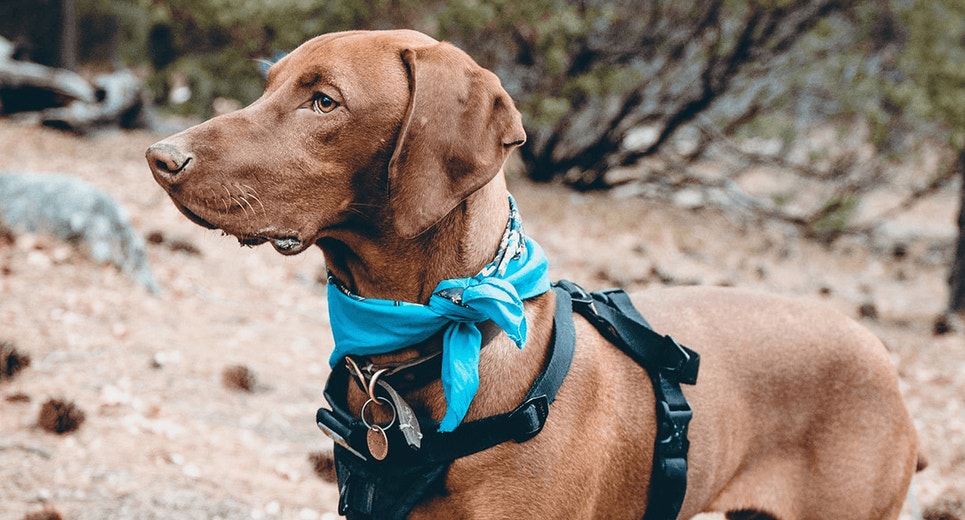
4 Tips for Switching Dog Foods Stress-free
There are plenty of reasons to find a new food for your pup — anything from a shift in their activity level to a recommendation from your vet about managing their weight can prompt a change. Even something as simple as getting older is a good reason to consider switching foods — growing out of puppy-friendly food or transitioning to food designed for mature dogs. Making sure your dog has the right nutrition for their particular needs is all part of being a caring pet parent, and sometimes that means making a change! But how do you make that change in a dog-friendly way?
Changing your dog’s diet takes some planning. Because they’re creatures of habit, dogs tend to prefer their current food to any new food, often just because it’s familiar. By learning how to switch dog foods gradually you can take the guesswork out of the process and make it a much more comfortable transition for your dog (and for you)!
How to Switch Dog Foods Successfully:
1. Introduce the New Food Gradually
When easing your dog into a different diet, think “slow and steady,” whether they’re hesitant about the change or already love the new flavor! Start by mixing 25% new food with 75% current food. Slowly change the proportions over the next three days or so by gradually increasing the new food and decreasing the amount of the current food.
During this transition, your dog may want to eat only the old and familiar food, or they might choose not to eat at all. Don’t worry — a healthy dog can miss meals for a day or so with no ill effects. But of course, if you are concerned, your vet is just a phone call away and is sure to have good advice. At the end of this weaning process, you should be feeding your dog the new food 100% of the time.
Here’s a sample feeding schedule:
- Day 1:25% new food, 75% current food
- Day 2:50% new food, 50% current food
- Day 3:75% new food, 25% current food
- Day 4:100% new food
2. Keep Your Body Language Positive
Bringing home a strange new food, dumping it into your dog’s bowl and demanding that they eat it might inspire your dog to go on a hunger strike. It’s a much better idea to introduce the new food by using a kind tone of voice and encouraging body language — affectionately coaxing them to try the new food can help more than you think.

3. Don't Give Up!
Persistence is key. For the first two days of the food shift, resist the urge to give your dog the excess treats they may be begging for. Giving in to their demands during the transition can inadvertently reinforce their refusal behavior and make the change much more difficult for you both. Dogs train us as much as we train them: Don’t give up on helping them make this transition!
4. Be Patient When Switching from Wet Food to Dry Food
Switching diets may be more challenging when you’re moving your dog from a wet food to a dry food. If your dog continues to resist eating dry food, try mixing in a little warm water. You might even want to put the moistened food in the microwave for a few seconds (always check that it’s not too hot before feeding time).
If you do mix dry food with water, be sure to throw away the uneaten portion after 20 minutes to prevent spoilage (the same rule that applies for wet canned and pouch food). After they get used to the taste of the hand-moistened food, you can transition them to completely dry food with the same mixing instructions outlined above.
There are lots of specific reasons to change your dog’s diet, but the No. 1 reason is to take care of them and help them feel their best. As always, it’s a good idea to talk to your vet before changing your dog’s diet, because their professional opinion can help you understand your dog’s unique needs. The more you know about your dog’s nutritional needs and the ingredients in your dog’s food, the easier it’ll be to find the tastiest, healthiest food for your dog!




